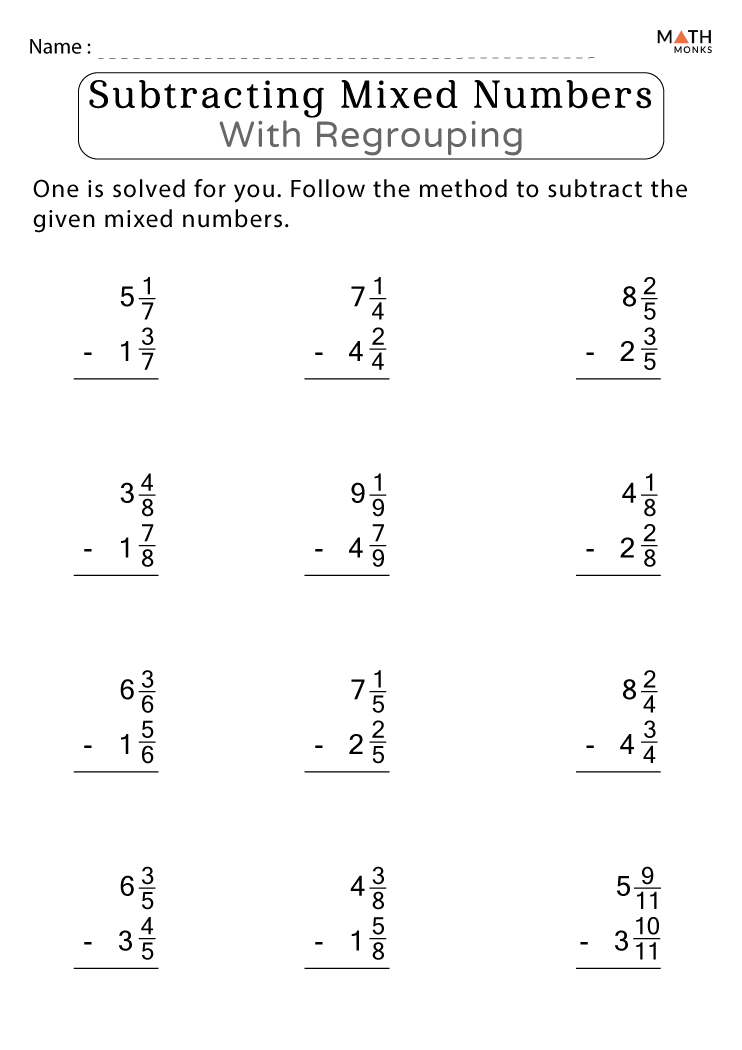Mastering Spanish: Ser vs Estar Worksheet Guide

Understanding Ser and Estar: The Essence of Spanish Verbs

In Spanish, two verbs often cause much confusion for learners due to their roles in expressing states of being: ser and estar. Both verbs translate to the English "to be," but their usage is distinctly different. This guide aims to clarify when and how to use ser versus estar, making it easier for Spanish learners to master their language skills.
What are Ser and Estar?

Ser is used to describe:
- Inherent characteristics – who or what something is by nature.
- Permanent conditions – like someone's nationality or origin.
- Time – the exact time or dates.
- Professions – jobs or occupations.
- Relationships – family ties or ownership.
Estar, on the other hand, is used for:
- Location – where something is situated.
- Health or emotions – conditions that change or are temporary.
- Actions or results of an action – temporary states or actions in progress.
- Characteristics that change – like the mood or flavor of food.
🌟 Note: Both verbs can also be used to describe appearance, but ser is used for permanent appearances while estar refers to temporary appearances or states.
Mastering Ser: Conjugation and Usage

Let's dive into how to conjugate ser in the present tense:
| Person | Conjugation | Example |
|---|---|---|
| Yo | Soy | Yo soy estudiante (I am a student). |
| Tú | Eres | Tú eres mi amigo (You are my friend). |
| Él / Ella / Usted | Es | Ella es alta (She is tall). |
| Nosotros / Nosotras | Somos | Nosotros somos de Argentina (We are from Argentina). |
| Vosotros / Vosotras | Sois | Vosotros sois grandes (You all are great). |
| Ellos / Ellas / Ustedes | Son | Ellos son doctores (They are doctors). |

Using ser correctly involves:
- Describing someone's identity or profession: "Soy doctor/a."
- Noting the time: "Son las tres."
- Identifying ownership or relationships: "Es mi libro."
Mastering Estar: Conjugation and Application

Now let's look at the conjugation of estar in the present tense:
| Person | Conjugation | Example |
|---|---|---|
| Yo | Estoy | Estoy cansado/a (I am tired). |
| Tú | Estás | Tú estás triste (You are sad). |
| Él / Ella / Usted | Está | Ella está enferma (She is sick). |
| Nosotros / Nosotras | Estamos | Estamos esperando (We are waiting). |
| Vosotros / Vosotras | Estáis | Vosotros estáis contentos (You all are happy). |
| Ellos / Ellas / Ustedes | Están | Ellos están en el parque (They are in the park). |
When using estar:
- Describe someone's mood or health: "Estoy feliz."
- Indicate someone's location: "Está en la cocina."
- Describe temporary states or ongoing actions: "Estoy leyendo."
🔍 Note: A common trick to remember when to use estar is the acronym "DOCTOR" for ser (description, occupation, characteristic, time, origin, relationship) and "PLACE" for estar (position, location, action, condition, emotion).
Exercises to Cement Your Understanding

To master these verbs, you can engage in various exercises:
- Fill-in-the-blank exercises: Fill in the correct form of ser or estar in sentences.
- Role-play: Create scenarios where you must describe someone's condition, location, or characteristics.
- Translation: Translate English sentences using either ser or estar in Spanish.
Here’s an example of a fill-in-the-blank exercise:
- La fiesta ______ a las ocho. (Answer: es - because time is permanent.)
- Eres muy alto, ¿______ feliz? (Answer: estás - because feeling happy is a temporary state.)
📝 Note: Practice by creating your own sentences or using online exercises. Try to use both verbs in context to reinforce your learning.
Final Thoughts on Mastering Ser and Estar

Understanding when to use ser and estar is fundamental to mastering Spanish. They are not interchangeable; each carries its unique connotation and usage. By differentiating their uses, you gain deeper insights into how Spanish speakers perceive time, identity, location, and change. Remember the following:
- Ser describes essence, permanence, and inherent characteristics.
- Estar addresses temporary conditions, locations, and current states.
By practicing, making mistakes, and learning from them, you'll develop an instinctive feel for these verbs. Keep these distinctions in mind, and with time, you'll naturally use ser and estar in your daily conversations, enhancing your Spanish proficiency.
What is the easiest way to remember ser vs estar?

+
Many learners use acronyms like “DOCTOR” for ser (Description, Origin, Time, Condition, Occupation, Relationship) and “PLACE” for estar (Position, Location, Action, Condition, Emotion) to help remember when to use each verb.
Can ser and estar both be used to describe appearance?

+
Yes, they can, but ser is used for permanent appearances (e.g., “Es muy guapo.” - He is very handsome), whereas estar is for temporary appearances or changes (e.g., “Está muy guapo hoy.” - He looks very handsome today).
Is there a rule for when to use estar with adjectives?

+
While there isn’t a strict rule, adjectives usually paired with estar describe temporary conditions like health, mood, or current status. For example, “estar cansado” (to be tired) indicates a temporary state of fatigue.


